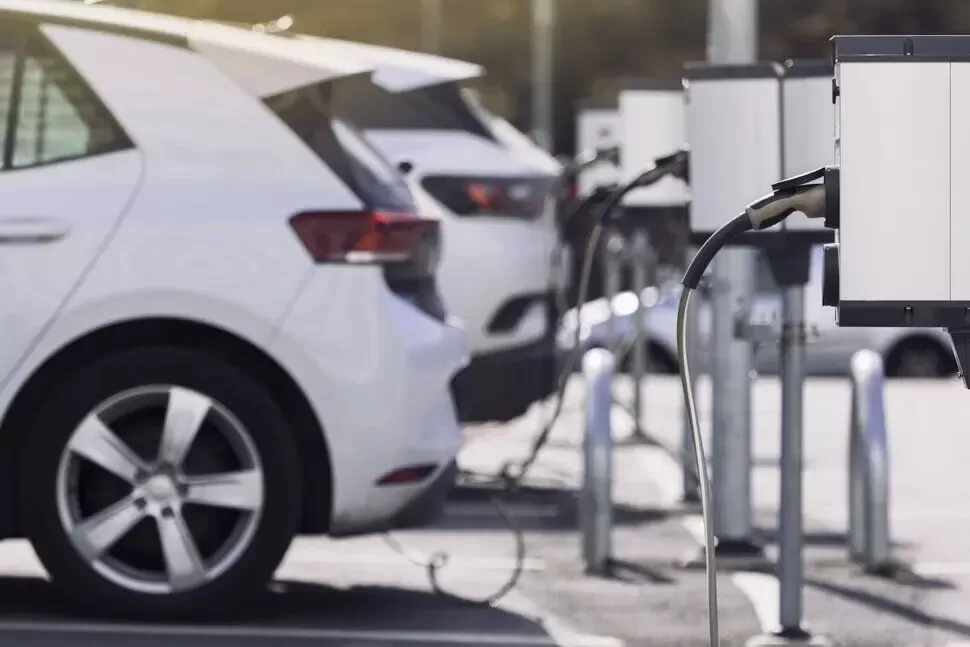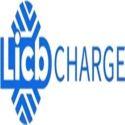Notifications

6 minutes, 39 seconds
-40 Views 0 Comments 0 Likes 0 Reviews

LiCB Charge, a leading EV charger manufacturer in China, offers reliable AC and DC electric vehicle charging stations along with comprehensive charging solutions.
At first glance, charging your electric vehicle (EV) seems simple—just plug it in and wait. But beyond this basic step, there are practical factors that can impact your charging experience. From finding an available spot to understanding charging speeds, connector types, and payment methods, public EV charging isn’t always as straightforward as it seems.
While home charging is often the most convenient option, it’s not feasible for everyone—especially for apartment dwellers or urban residents without dedicated parking. That’s where public charging stations come in, providing essential power access on the go, especially during long commutes or road trips.
In this article, we’ll explain how public EV charging works, what to expect at a charging station, and how to make each stop as smooth and efficient as possible.
With EV adoption surging worldwide, governments, automakers, and utility providers are rapidly expanding public charging networks. You’ll find stations in city centers, shopping malls, office parking lots, garages, and along highways—ensuring drivers have convenient access when needed.
Public charging infrastructure is critical to alleviating “range anxiety,” the worry that your EV will run out of battery before reaching your destination. It also supports those who cannot install chargers at home.
1. Locate the Charging Cable
Many public chargers, especially DC fast chargers and commercial Level 2 units, have cables attached. In some regions (like parts of Europe), you may need to bring your own cable—stored in your vehicle’s trunk. Know your cable type: Type 1 (SAE J1772), Type 2 (Mennekes), or CCS/CHAdeMO for fast charging.
2. Connect the Cable to Your EV
Plug the cable into your car’s charging port—usually where a gas cap would be, or sometimes near the front grille or badge. Ensure it clicks or locks in place; your car will often signal when connected properly.
3. Authenticate and Start Charging
Most stations require authentication before charging begins, linking your session for billing. Common methods include:
RFID cards or key fobs
Mobile apps (ChargePoint, Electrify America, EVgo, etc.)
QR code scanning
Contactless payments (credit/debit cards or mobile wallets)
Once authenticated, charging starts automatically. You can typically monitor progress, costs, and estimated time on the charger’s screen or your app.
| Charging Level | Power Source | Charging Rate | Best Use Case | Notes |
|---|---|---|---|---|
| Level 1 | Standard 120V wall outlet | 3–5 miles of range per hour | Emergency or overnight home use | Very slow; suitable only for backups |
| Level 2 | Dedicated 240V home or public | 20–25 miles of range per hour | Daily charging at home/work/public | Ideal balance of speed and convenience |
| DC Fast Charging | High-powered commercial stations | 100–250+ miles of range in 30 minutes | Road trips, highway travel | Requires CCS or CHAdeMO compatibility; not all EVs support |
Use Apps to Plan Ahead: Tools like PlugShare, ChargeHub, and A Better Routeplanner help locate chargers, check availability, and compare prices.
Know Your EV’s Limits: Your car may not accept the maximum power of fast chargers—check your vehicle’s specs.
Practice Charging Etiquette: Don’t unplug others, move your car when done, and avoid hogging chargers once full.
Understand Pricing: Charges may be per kWh, per minute, or a flat fee, with possible idle fees for overstaying.
Advantages:
Enables long-distance travel and daily use without home chargers
Supports growing EV adoption
Located in convenient, strategic spots
Helps reduce fossil fuel reliance
Challenges:
Charger availability and maintenance can be inconsistent
Multiple payment systems complicate use
Rural areas may have limited fast charging
Peak times may bring wait lines
Expect exciting innovations ahead, including:
Ultra-fast chargers exceeding 300 kW
Wireless charging pads embedded in parking spots
Battery swap stations for instant energy replacement
Solar-powered stations offering clean, off-grid power
As battery tech improves and charging speeds increase, EVs will become even more practical and convenient for all drivers.
Public charging stations are a vital part of the EV ecosystem, providing flexibility and peace of mind. Knowing how to use them and what to expect from different charger types empowers you to confidently plan and enjoy your journeys—whether daily commutes or cross-country adventures.
With expanding infrastructure and advancing technology, charging your electric vehicle is becoming easier and more accessible than ever.Know more about Google SEO Directory
China EV Chargers EV Charger Manufacturer Smart EV Chargers Electric Car Chargers Electric Vehicle Chargers Electric Car Charging Stations

